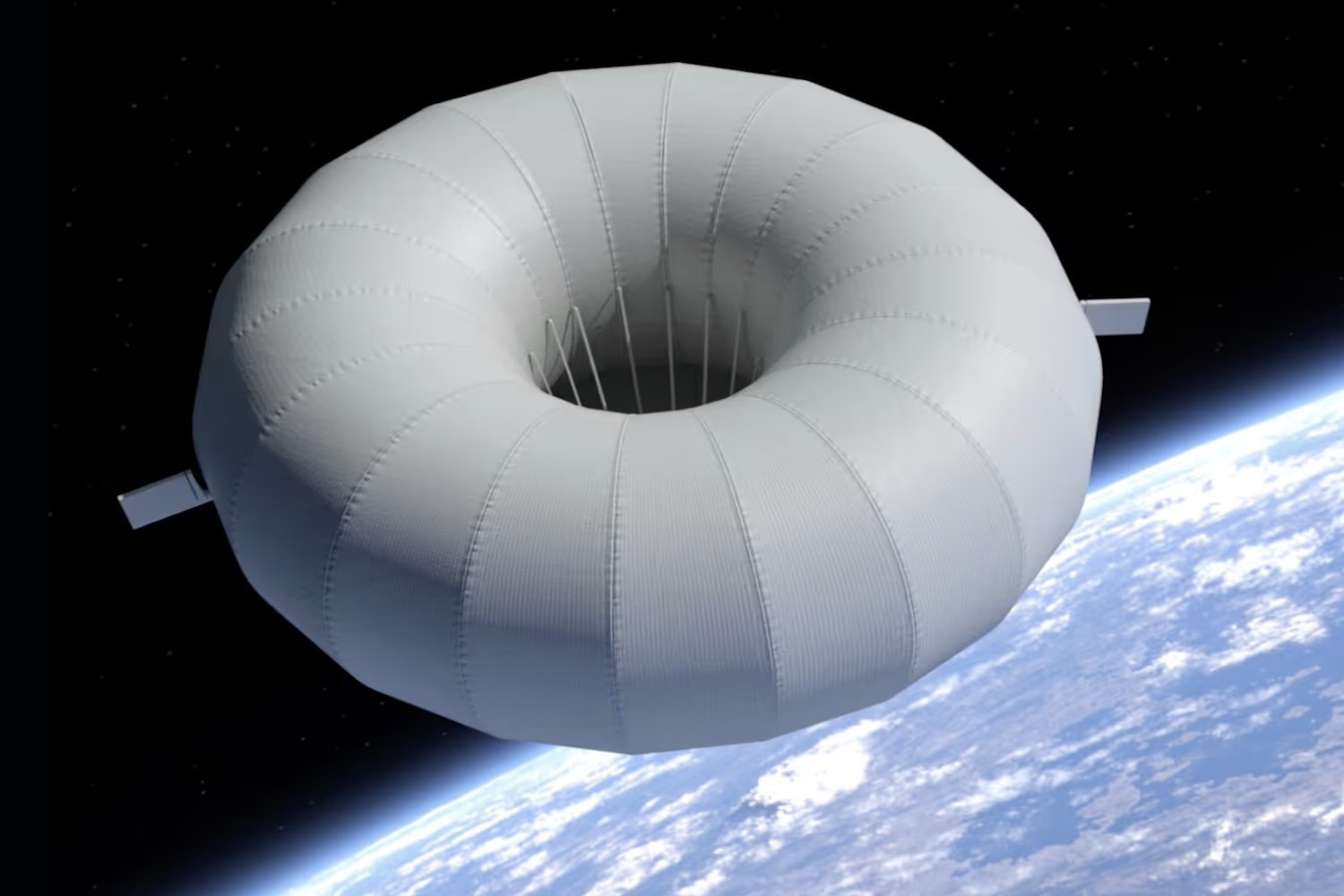A German Startup was aiming to Test a Reentery designed to reach orbit and survive the intenses heat of returning to Earth. For its first flight, phoenix 1 launched to space as part of a spacex ride-share mission, but a change in launch plans larGely messaged the whole thing up.
Atmos space cargo launched Its Phoenix 1 Capsule at 8:48 pm Et on Monday, with the device tucked inseide a space Falcon 9 Rocket. About two hours after liftoff, the capsule rented earth’s atmosphere, but its splashdown point ended up much farther from the target than the target than the target. Missing Its Intended Splashdown Zone Meant that Spacecraft could not be recovered, and the company could not account not experts valuable data and imagery of phoenix 1 to see how well it fare
The company’s inaugural mission was designed to test the capsule’s heat shield during rentery. In Doing So, Atmos is hoping to develop a capable of carrying out research in orbit and returning back to earth with its payloads safe on board.
Phoenix-1 was part of spacex’s bandwagon-3 ride-share mission. The Experimental Spacecraft was loaded However, not all payloads are created equal. Around Five Weeks Before Liftoff, spacex informed atmos of a change in plans broughdt on by its primary payload.
Due to operateal Constrants of the South Korean Reconnaissance Satellite, Phoenix 1 Found Itself on a New Flight Path. “With a recent update in the overall mission design, our flight path angle and return traffic statement,
In Anticipation of its launch, Atmos Had Initial Set Up Ground Stations Along Stated. Phoenix 1 was initially supposed to follow a return Trajectory designed to pass over that designated ground stations in Africa and Mauritius and Mauritius, Before Splashing Down in the Indian Ocean Ocean Ocean Ocean Ocean Ocean Ocean Ocean Ocean Ocean Ocean Ocean Ocean Ocean Ocean Ocean Ocean Ocean La Réunion. The New Trajectory, however, altered its returns think that the spacecraft initiated its deorbit path over Los Angeles, Crossing Over Colombia and Continuing Over Cuiab Bihar. The vehicle then splashed down off the coast of brazil in the atlantic ocean.
The company was forced to set up new Ground Stations to Establish Communication with Phoenix The spacecraft’s splashdown ended up being Around 310 Miles (500 kilometers) farther off the coast, preventing atmos from acquiring the data.
Atmos did receive data from four commercial payloads that was on board the vehicle, and initial indicators sugges that the capsule’s heat shield was inflated successful.
Ride-share missions are designed to carry payloads to space at a lower cost, packing satellites and other spacecraft toge on the same Rockt. They do come with their own risks, but still provide a chance for space startups to get a go at revenue.
“All in all, I would say it was a very successful mission,” ATMOS Space Cargo Ceo Sebastian Klaus during a post-Flight Press Conference.
